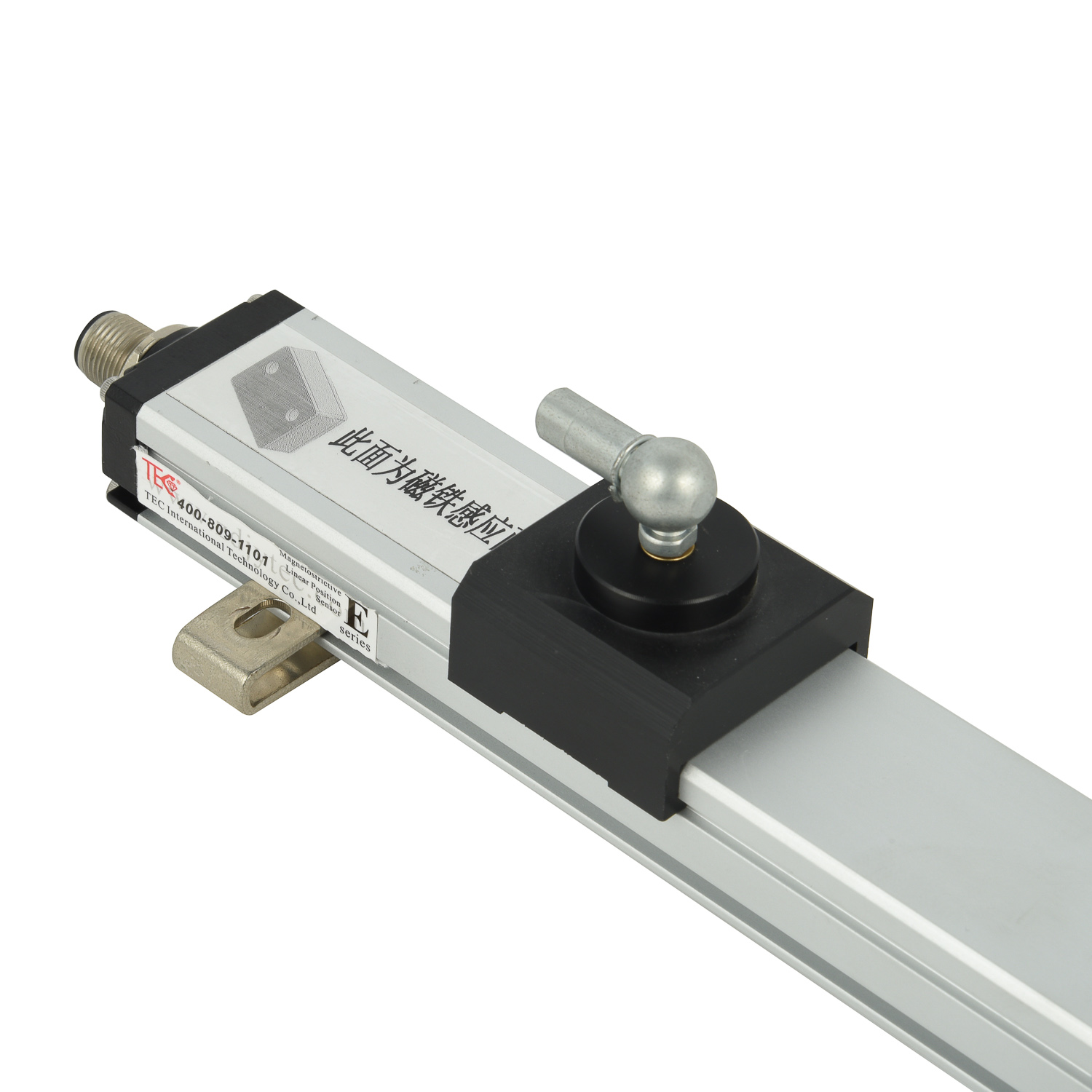What fault diagnosis techniques apply to magnetostrictive sensors?
Magnetostrictive sensors represent critical components in modern industrial systems, particularly in precision positioning and liquid level measurement applications. These sophisticated devices operate on the principle of magnetostriction, where ferromagnetic materials change their shape or dimensions during the magnetization process. The reliability of these sensors directly impacts overall system performance, making effective fault diagnosis techniques essential for maintaining operational efficiency and preventing costly downtime in industrial settings.

Signal-Based Analysis Methods form the foundation of magnetostrictive sensor diagnostics. Technicians employ time-domain analysis to examine waveform characteristics, amplitude variations, and signal timing anomalies that may indicate developing faults. Frequency-domain analysis through Fast Fourier Transform (FFT) reveals harmonic distortions and resonance shifts that suggest mechanical or electrical abnormalities. Advanced techniques like wavelet transform analysis provide multi-resolution signal decomposition, enabling the detection of transient faults and intermittent abnormalities that conventional methods might overlook in complex industrial environments.
Model-Based Fault Detection approaches utilize mathematical representations of magnetostrictive sensor behavior to identify discrepancies between expected and actual performance. These methods involve creating digital twins or virtual sensors that simulate ideal operating conditions under various parameters. By comparing real-time sensor outputs with model predictions, engineers can detect systematic errors, calibration drift, and component degradation. Parameter estimation techniques track changes in core model coefficients, while state estimation methods using Kalman filters provide robust fault detection even in noisy industrial conditions where multiple variables interact simultaneously.
Data-Driven Diagnostic Techniques leverage machine learning and pattern recognition algorithms to process large volumes of operational data. Supervised learning models trained on historical fault data can classify emerging issues with high accuracy, while unsupervised learning approaches detect novel fault patterns without pre-existing labels. Neural networks excel at identifying complex nonlinear relationships between sensor parameters, and support vector machines provide effective classification of fault types based on multidimensional feature spaces extracted from sensor output patterns.
Intelligent Monitoring Systems integrate multiple diagnostic approaches for comprehensive fault detection. These systems employ sensor fusion techniques combining data from magnetostrictive sensors with complementary sensors to cross-validate measurements and detect inconsistencies. Embedded diagnostic algorithms perform continuous health assessment, while cloud-connected systems enable remote monitoring and predictive maintenance scheduling. The implementation of these intelligent systems significantly reduces false alarms and provides early warning of developing faults before they impact production processes.
Performance Validation and Testing Protocols ensure the reliability of fault diagnosis methods for magnetostrictive sensors. Standardized testing procedures include environmental stress testing, electromagnetic compatibility validation, and long-term durability assessments. Accelerated life testing simulates years of operation under compressed timeframes, while comparative analysis against reference sensors establishes accuracy benchmarks. These rigorous validation processes guarantee that diagnostic techniques maintain effectiveness across varying operating conditions and throughout the sensor's operational lifecycle.
 UpgradingYourLevelMeasurementS
UpgradingYourLevelMeasurementS
 Why are magnetostrictive level
Why are magnetostrictive level
 ComparingMagnetostrictiveandRa
ComparingMagnetostrictiveandRa
 MagnetostrictiveLevelSensorfor
MagnetostrictiveLevelSensorfor
